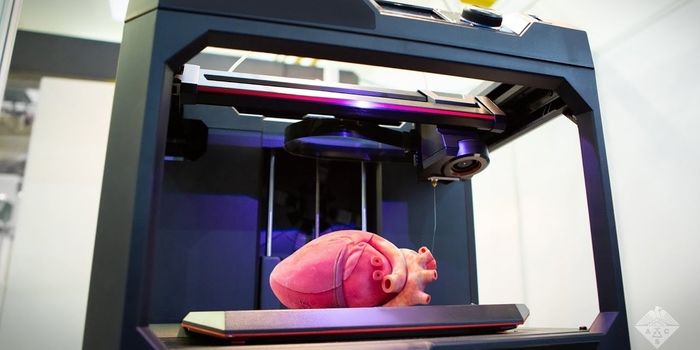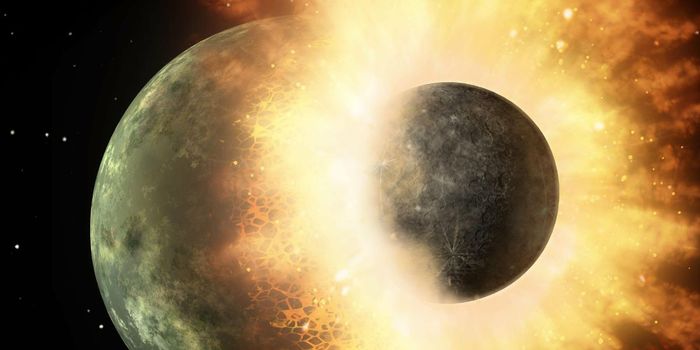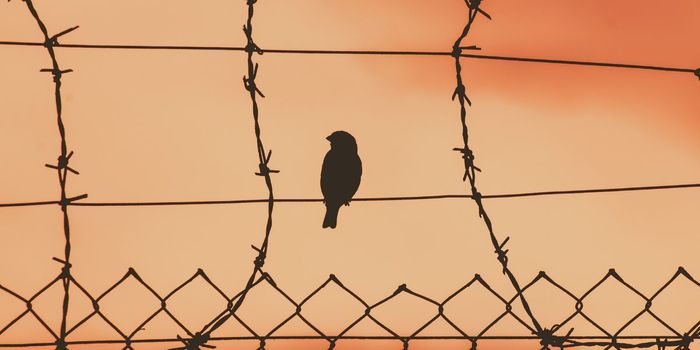Galileo was famous for many things, including a theory that two objects, of differing mass, will fall from a common height at the same rate. While it has been said he conducted an experiment on this hypothesis by dropping objects from the top of the Tower of Pisa, it's unlikely that it happened that way as there are no reports by Galileo of such an experiment. Had he done that, he surely would have recorded the results specifically in his book "On Motion" Dutch scientists Simon Stevin and Jan Cornets de Groot did however conduct a similar experiment, dropping objects from the top of of the Nieuwe Kerk in Delft in the 16th century, in an attempt to test Aristotle's theory that objects fall at different rates depending on their mass.
Centuries later, the famous theory of a cannonball and a feather was tested inside a NASA vacuum chamber in Ohio. Galileo's theory on how fast something falls was postulated in an environment where this is no air resistance, but it was not possible to re-create that in his time. NASA's Space Power Facility was created to test nuclear propulsion in an airless chamber similar to outer space and served as a perfect backdrop for the age old inquiry. Brian Cox, a British Physicist and host of a BBC science program visited the facility to see the theory put into action. In a chamber devoid of air, a bowling ball and a few feathers were hoisted into the air and dropped at precisely the same time. The theory held, as the objects fell at the same rate. This proves the theory that an object's mass does not determine how fast it will fall to earth, it's gravity that determines that.








